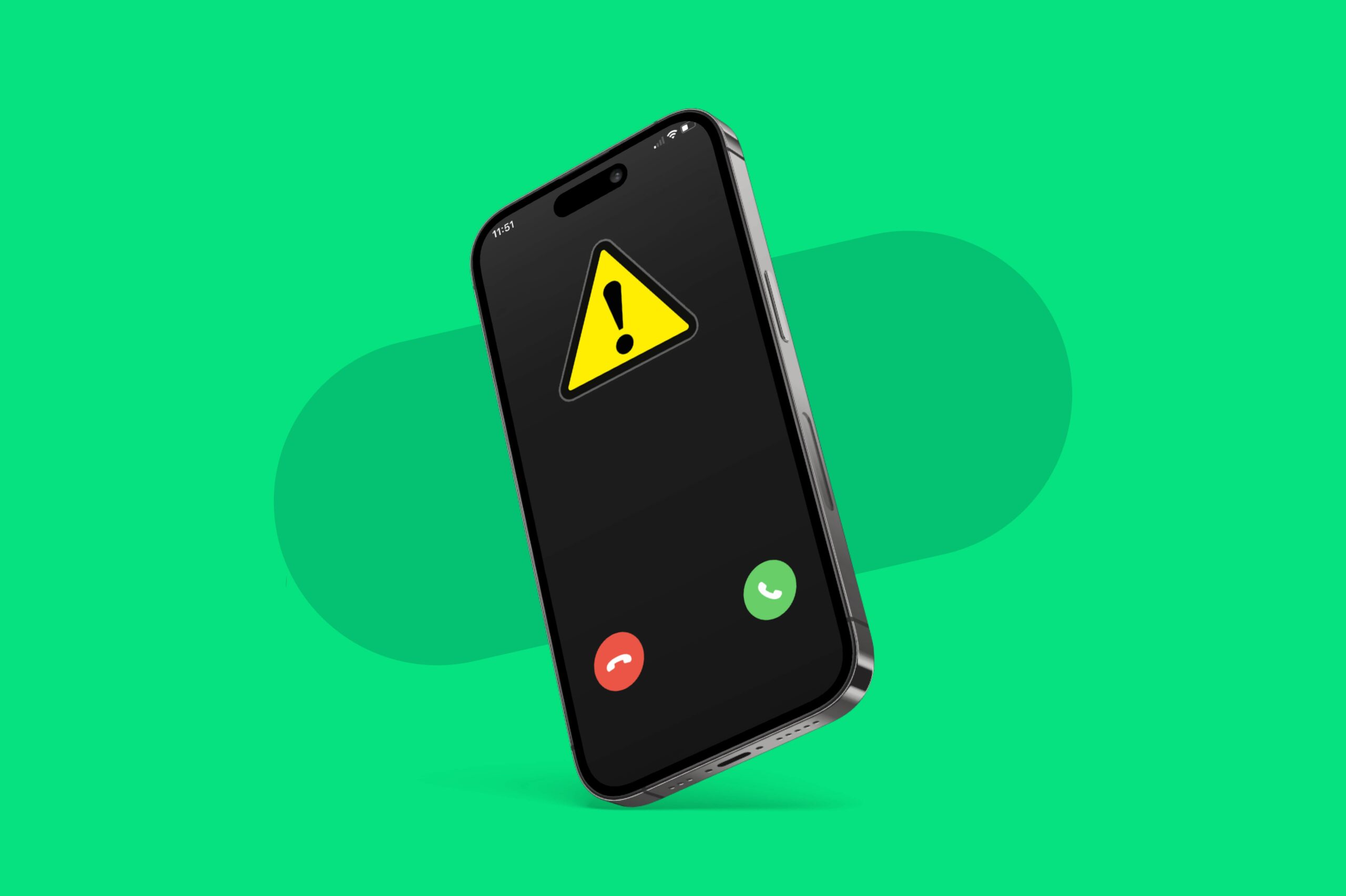
Overwhelmed by Scam Callers? Here’s a Simple Solution to Block Unwanted Calls
With the rise of mobile phone usage, scam calls have become a pervasive problem. Scammers exploit the convenience of our phones, leading to significant financial losses and privacy breaches. Thankfully, there’s a straightforward solution to mitigate these disruptions and protect your personal information.
How Bad Is the Scam Call Problem?
It might seem like an exaggeration, but the statistics speak for themselves. According to Hiya, a voice security company, US consumers received an average of eight spam calls per week in 2023. The financial impact is severe, with those who fell victim to scams losing an average of $2,257, a staggering increase from previous years. The issue extends beyond financial loss, with AI technology now being used to impersonate influential figures and influence behavior.
Efforts to Curb Scam Calls
Efforts to combat scam calls include the FCC’s 2021 mandate for the Stir/Shaken technology, which aims to enhance caller ID accuracy. New rules adopted in December 2023 are set to make it harder for telemarketers to flood consumers with unwanted calls and texts. However, experts like Margot Saunders from the National Consumer Law Center argue that these measures may not be sufficient, citing ongoing issues with effective caller ID and the slow implementation of new regulations.
Your Role in Reducing Spam Calls
While regulatory efforts continue, there are practical steps you can take to reduce unwanted calls. Consider using built-in scam-blocking features on your phone or carrier, or installing third-party call screening apps. Additionally, follow these tips: avoid trusting local Caller ID numbers, don’t engage with unknown callers, and verify any requests from unknown numbers by contacting the organization directly through official channels.



